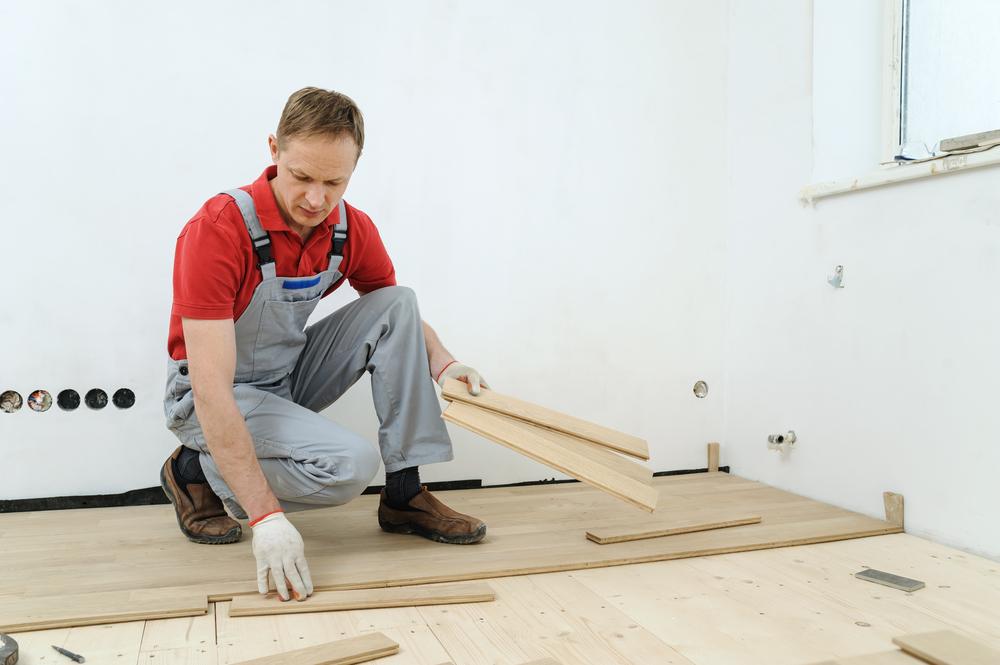Flooring options for your home
Updating your home can be an exciting and challenging experience. There are so many design ideas, so many material options, and to make it all the more confusing, you need to figure what fits into your wallet! Every home-builder or renovator will tell you stories of the dreaded runaway costs you start on something, and before you know it, costs have spiraled out of control.

One difficult area is flooring. Traditional hardwood is beautiful but pricey. Fall for those lovely tones and grains, and before you know it, you are breaking the bank for installations charges alone. And then, all that beautiful color tends to fade if there is too much sun in the room. Tile is water and scratch-resistant, but loud and cold. It seems cost-effective at first, but can increase your heating costs in the long run.
Further, you need to think about which rooms you are looking to re-floor, and how? and how much would they cost? Tiles, for example, are good for areas that may get some water on the floor, such as the kitchen or the bathroom. Hardwood looks best almost everywhere, but in highly-used areas, you are quickly risking unsightly scratches that will then require polishing and maintenance.
A cheap and pragmatic solution is vinyl or laminate flooring. While vinyl is very cheap, it is prone to tearing and is easily damaged. A good balance between initial costs, quick installation and low maintenance, therefore, is laminate flooring. To begin with, these can be installed over any existing floor, except carpets.
Laminates also mimic the look of almost any material you want wood or stone, and are quite durable, making them a great choice for rooms with high traffic. They are resistant to fading, and are a great choice for sunrooms or other areas with a lot of light. Further, they are resistant to germs, making it a great choice for homes with children and pets.
Maintenance is relatively simple, and damaged pieces can be replaced individually, and relatively quickly. However, this material doesn’t do well in areas that are likely to have standing water. If you live in moisture-prone areas or in basement floors, good moisture barriers should be set up before you choose to install laminates.
Options are plenty, and individual needs vary. Do your research and see what works best for you, and you are sure to have a fresh, stunning new look for your home.











